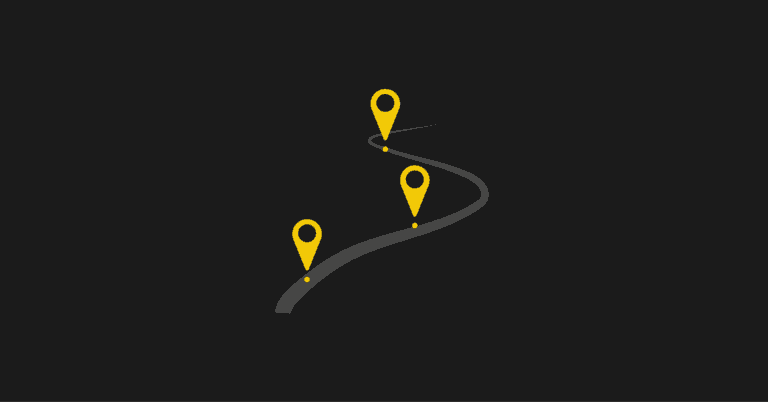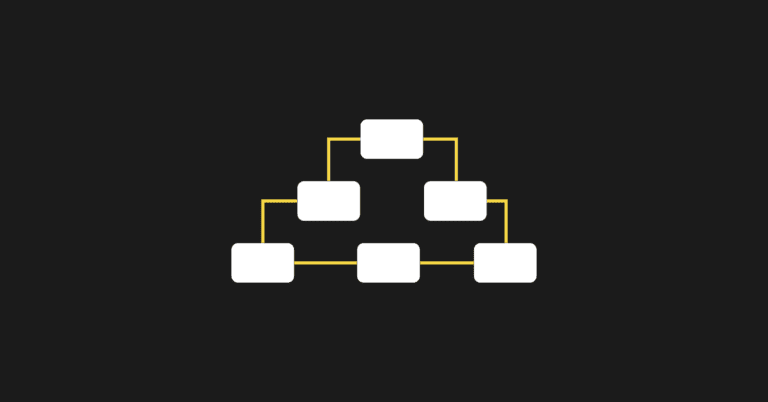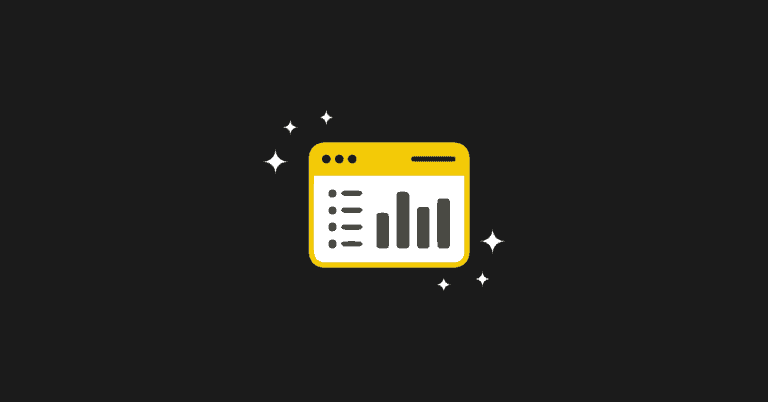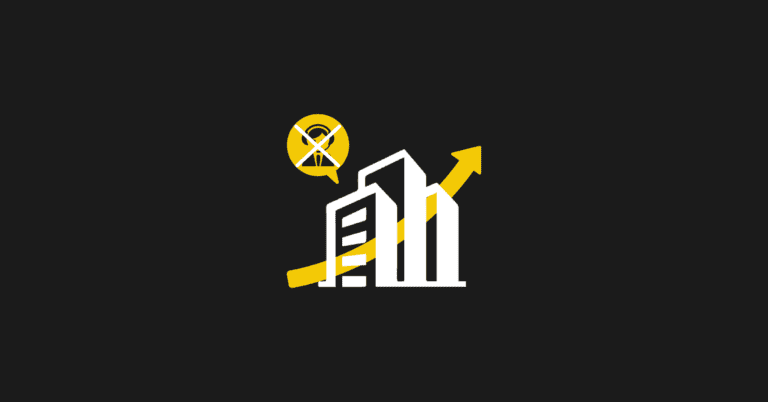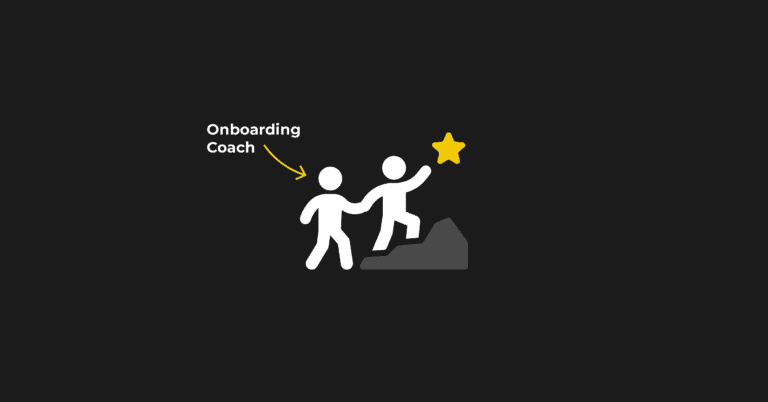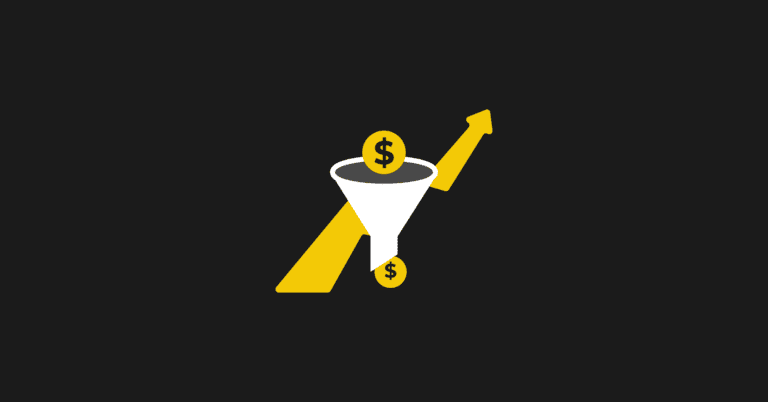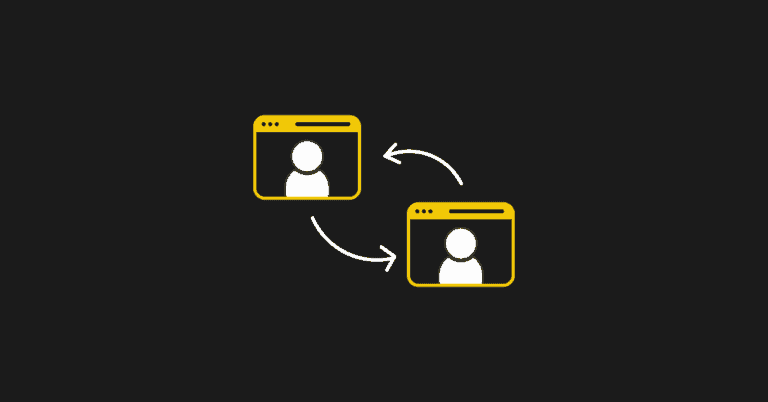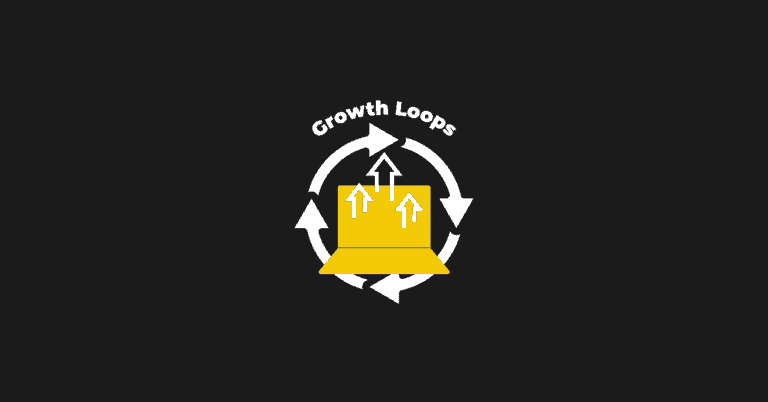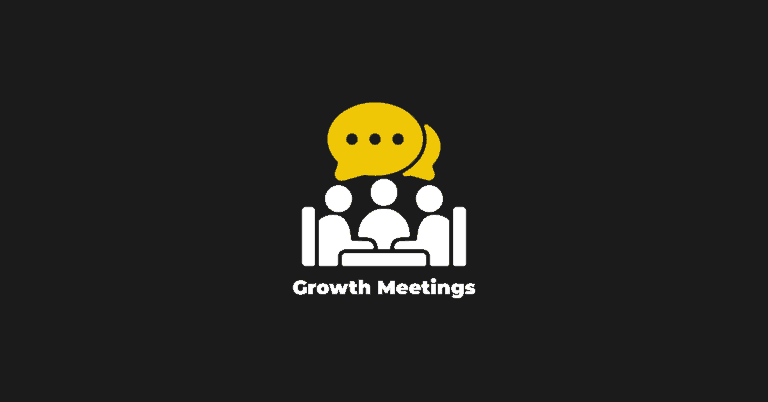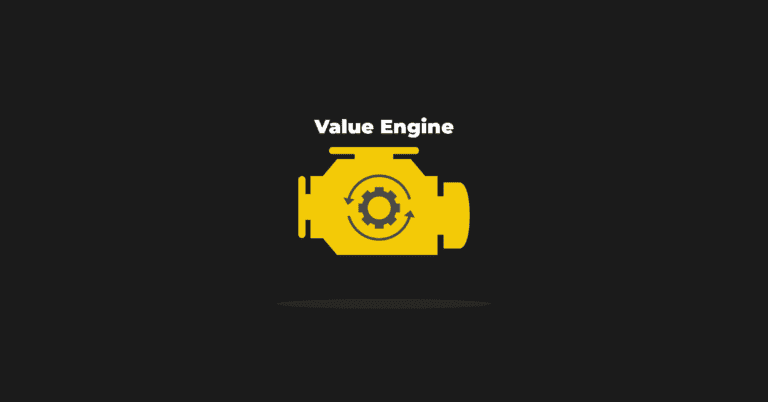The idea of this article is to share with you my perceptions, doubts, tips, and adventures in building design teams. A little context about the main challenges and what paths we follow toward building teams that build SaaS products.
I want to give an insight into both the management and collaborator role within a product team, the experience in these two areas allows a broader look at what happens inside and outside. How people feel when they are on both sides of the table and occupying different chairs.
What you can expect: I am sharing my learnings from the past few years and how I perceive product development related to design and leadership. And what it’s like to work on the “shop floor” to create products that people love — that’s the goal. Less a cake recipe, more useful principles and tools.
Fundamental tips and roles to establish a good start:
- Identify what the product needs: What the company already does well, what it does badly and what it needs to learn to do.
- Hire the first designer person: This person will suffer more, needs to be a generalist.
- Identify the team’s needs: both design, product, technology, marketing, sales, etc;
- Build a feedback culture: it is the main growth tool;
- Be open to communication: you will need to communicate very well;
- Build the design culture: help to clarify design as a strategic tool and why it is important;
Defining the design principles
The first thing when working in an organization that does not have a design culture is to create a design culture.
And it does not mean that the company is good or bad because it has a design vision or not, it is simply a gap that needs to be filled in some way. And it better be filled with good principles.
What are principles?
The first thing that needs to be clear is principles are not rules, as the name says: they are principles.
Following the very etymology of the word, it is the first moment of existence (of something), or of an action or process; beginning, beginning. What is the basis for something; first cause, root, reason.
It makes no sense, for example, to try to establish a style guide or design system in a product if people are not clear about the principles that govern the design work.
The principles help a lot when we have to make difficult decisions, especially when we have little data. Even more difficult, when we are at a conference table the guesswork starts to prevail or when the personal taste of each one ends up being the center of attention.
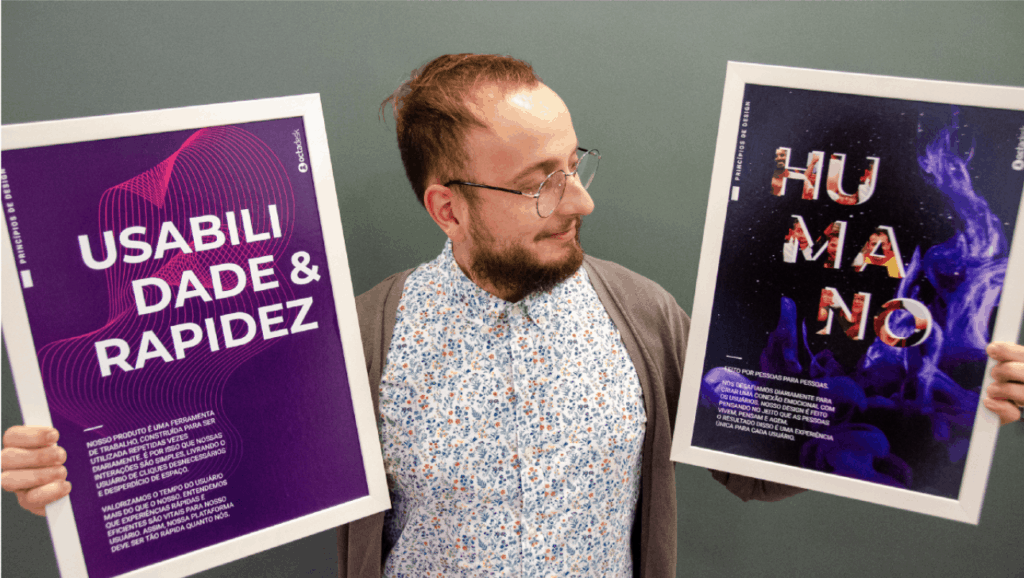
In a situation like this, calm down, return to the problem to be solved and be clear if the decisions are not hurting any of our principles:
1. Simplicity
When the design is intuitive, we can just feel it. Therefore, we need to provide an honest and timeless experience. Our visual style is simple and understandable. A minimalist environment with adequate empty spaces, encouraging participation, honesty with transparency, and communication.
2. Unification
Each piece is part of a larger whole and must contribute positively to the scale system. There should be no isolated characteristics or outliers.
3. Human
Designed by people for people. We challenge ourselves daily to create an emotional connection with our users. Our design is about the way people live, think, and act. The end result is an incredible and unique experience for each user.
4. Usability and speed
Our main interactions are simple, freeing the user from unnecessary clicks and wasted space. We value our user’s time more than ours. We understand that fast and efficient experiences are vital for them. As such, our platform must move as fast as we do.
Design Metrics
In my view, Design should seek guidance from various metrics such as billing, number of paying customers, churn, and others.
But of all the metrics, perhaps the one that makes the most sense for a Design leader is the NPS — Net Promoter Score. First, because the NPS is the direct channel with feedback from customers and a rich source of inputs about the product.
And according to the NPS is a metric that indicates future growth, in other words, how long people will stay on your product, and consequently how much they will generate revenue for the company. It means that NPS is also a metric that indicates future revenue.
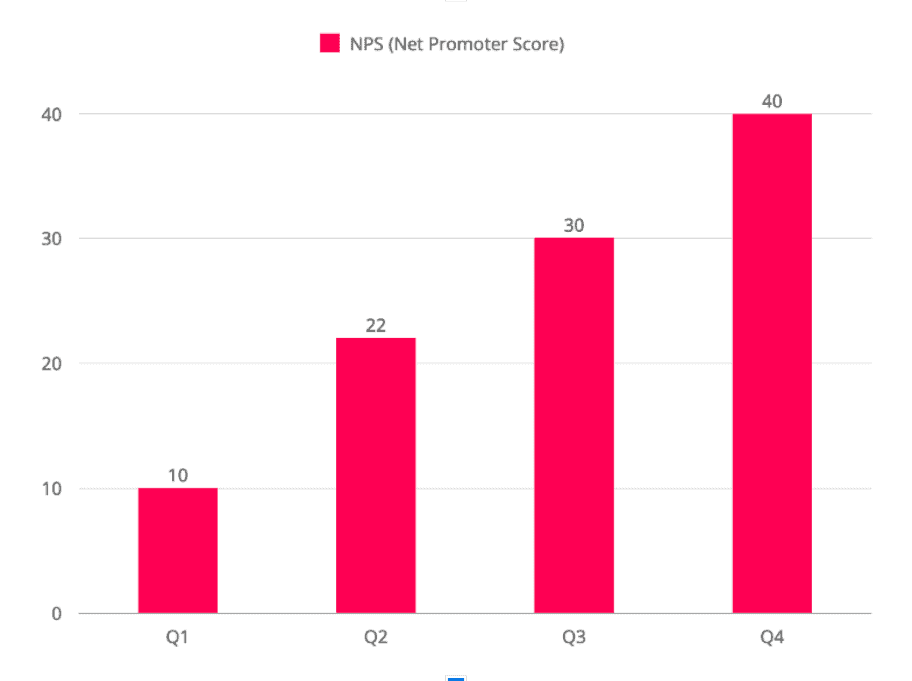
Imagine for example that we classify customers into 3 distinct groups, represented by the letters A, B and C.
This hypothetical scenario shows for example what are the biggest customer complaints by specific group compared to the type of complaint mentioned in the qualitative feedback from the NPS.
When we cross this data we can have a very interesting analysis of the biggest offenders of the score and also where we have the best opportunities for improvement.
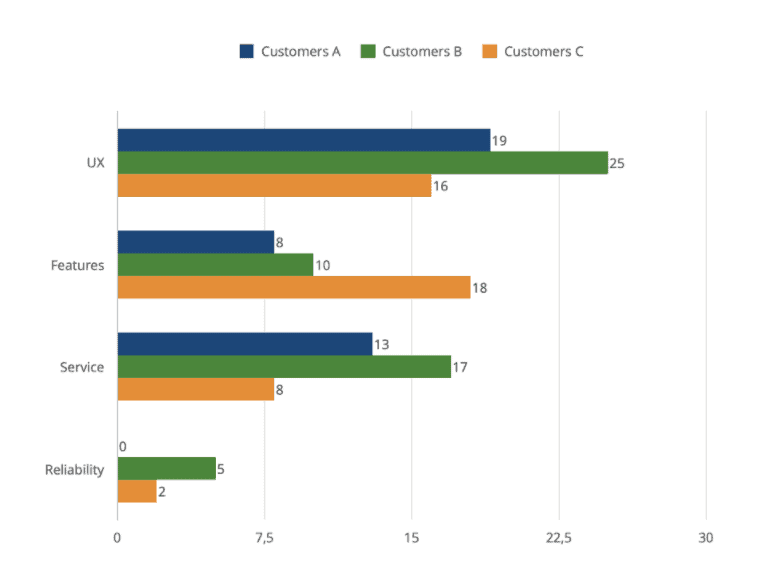
These are some of the problems that NPS indicators point to. They are just a few illustrations about how to analyze, interpret the qualitative data that eventually arrive through feedback in the NPS and cross check with the qualitative information.
- Remembering that these data, both quantitative and qualitative, are hypothetical and do not represent reality. They serve only for educational purposes:
- Experience: We have problems related to experience. The functions of the product are great, but the price is a little high when compared to local competition. Lack of usability of the product, which causes frustration in our customers especially in the first months of use. This frustration generates low engagement — due to difficulty of use — and overloads the service layers, especially the support.
- Service: The service layer has problems at some points. Whether the expectation is mistaken in some cases of sales, there are occasional problems with customer service and services. Mostly represented by clients B, followed by clients A and C. Remembering that service is part of the experience, therefore the design leader needs to take part of the responsibility for himself.
- Functionalities: For more advanced customers the product falls short in relation to more advanced functionalities. This fact makes more advanced customers like the C profile complain about not having their needs met by the product.
Reliability: The longer the customer is with us using the product, the greater the reliability complaints, as the volume of data tends to grow over time. We soon realized that customers B who have been with us the longest also complain more, as well as customers A who have just arrived do not present any complaints.
Hours of customer exposure
I have also heard of the “hours of customer conversation” metric. I don’t particularly believe that, for two main reasons.
First reason: If you need to make it a goal that product and design people need to have hours to talk to your customers, review your cultural model as there is something very wrong going on. Certainly people did not understand why they work at your company, it is your role as a leader to clarify that.
Second reason: It does not matter how many hours of exposure but if people (1) really care about what the client says (2) has genuine empathy for the problem of others and (3) has the ability to articulate, scale and prioritize problems raised.
If the hours are simply cold numbers in my view it makes no sense, it is a waste of time and resources.
But undoubtedly speaking with the client is very important, my main point is what you do with it.
Team building: getting to know people
Before I actually have a team, I believe that the main point is to understand who the people are. And for that, nothing more important than actually getting to know the people we will be working with.
Objective: To get to know the people we work with better.
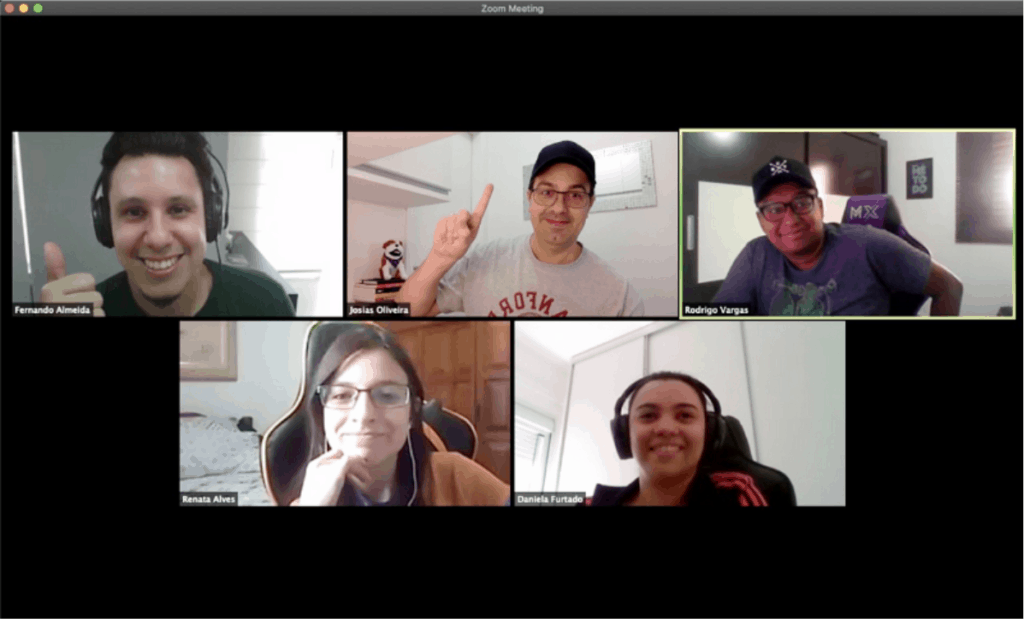
One way to do this is to understand a little bit of each person’s history. This helps a lot to understand the individual context of each person, in addition to having a little understanding of his background and the main points of that person’s life. What is important to her, what are her values, main challenges, etc.
To put this into practice we run a dynamic that asks for the history of each person. People are invited to, in 15 minutes, individually write down the main events that have marked their lives, counting as a timeline of the events. Then people share with others the points that were raised, telling a little about their life and the remarkable facts.
Timeline dynamics basic instructions:
- People will draw their timeline, with the YEAR (minimum) and the MONTH (if it makes sense) of the most remarkable events in their lives from birth until today.
- You will have 15 minutes to do this.
- Then they will share it with colleagues and people can interact, ask questions, etc.
Team health: monthly routine to check emotional health
One way to do this is to have ceremonies that can measure the mental health of the team, how people feel about their mission, whether they are feeling productive, whether they are emotionally well and how the leader can help.We ran it at least once a month and used very cool material created by the Quinto Andar's design team, and we only adapted it according to the needs of our team.
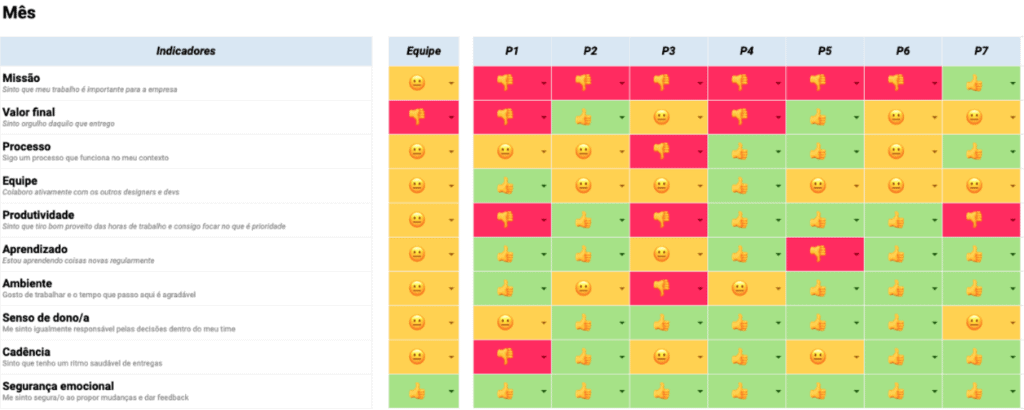
From the design team’s point of view, we created a safe environment so that people could express themselves freely, posing their difficulties without suffering any criticism or judgment.
A moment of reflection and peace so that the team could feel that there was something that united us besides work, which was the fact of truly caring for each other. Create a relationship of trust.
Hiring process
A constant pain in a growing company is the need to increase the head count time. And this requires that part of the leader’s time is dedicated to the process of hiring people. In my case, I dedicated almost 20% of the time of this activity between actively prospecting, evaluating tests, talking to candidates and deliberating on the subject.
At Octadesk we did not have a specific department to take care of Human Resources or Talent Management. Then it was up to the leader of each area to develop or find their own method to scale the hiring process. I ended up learning quickly that if I didn’t develop a minimal scalable method of doing this, I would end up being swallowed up by the heavy routine.
After some tests I found a model that, despite being super simple, managed to generate a lot of pipes for contracting and the ability to minimally scale the process. With this, generate the hires that were necessary in the period in which I was ahead as a leader.
Hiring step-by-step
Step-by-step instructions for a minimal scalable process. It was our MVP for the hiring pipe:
- Develop a questionnaire: Ask people who are applying to write about what they already know about design processes and what they expect from the vacancy. This will eliminate many curious people or simply those who apply “for sport”. With the super simple initial writing (there were 3 questions) we were able to filter about 90% of potential candidates.
- Technical challenge: The challenge step is super important to define who was really in order to work with you. First because there is no ready answer on the Internet — we had created the challenge specifically for the position — and second because what is at stake is not the answer to the challenge itself, but the candidate’s ability to articulate and present his ideas. There is no right / wrong answer to the challenge, but one that makes the most sense within the context.
- Live interview: After the challenge and delivered on time (approximately 4 days), request a time to talk to the individual. It is a conversation to give a little more context about the challenge and understand if the person had the cultural fit expected for the vacancy. Passed in this stage, one last one remains.
- Submission of the proposal: The last step is the submission of the final work proposal and the approval of the person applying for the vacancy. This step is done in a formal way, with the sending of an E-mail and details about the vacancy, remuneration and benefits. The rate of candidates who applied and reached this stage was around 3%.
Design Ceremonies
Our design meetings were daily and quick, especially in an environment where we spent most of our time remote.
Design planning: Right at the beginning of the week, a specific moment dedicated to design planning. General alignment of tasks and how people designers could collaborate with each other. Give a view of what was going on. Straight to the point and without tangles, very objective.
Checkpoints: It happened at the beginning of the day with about 15 or 30 minutes, dedicated to people designers sharing their doubts and challenges. The leader’s role was to be on hand to help whoever is needed, but mainly to remove impediments to deliveries. At other times, it was the leader’s role to share relevant content to help the team build a repertoire, especially in understanding the team gaps that need to be filled.
Design Critique: A daily activity, totally optional, where people designers could share the evolution of their deliveries and receive criticism. Sometimes people from marketing and other areas participated as well. In my view, it was the main ceremony that created muscle in the team to receive the criticism necessary to evolve, as well as to build a sense of belonging to the design community. Really team feeling.
1–1s Meetings: The leading leadership and management tool
Regarding individual conversations, there are two types of 1–1 meetings and there is nowhere to go: the good and the bad. The one you wait for the week to have and the one that people run away from and avoid as much as possible. Nothing worse for a team member than having to live with a routine in his calendar of an activity that he detests or that the manager does not know how to conduct.
In virtually all of my 1: 1 meetings, I sought to establish “a contract” between the parties. I always started by making the rule of the game very clear: the agenda of the 1: 1 meeting is the leader and not the leader. Thus, it is expected that the person being led brings points about career challenges and journey in the company, doubts, questions, requests for help, etc.
Now, there’s the other side too. If the person being led has no point to bring or add, it is the leader’s role to conduct the meeting. Even if there is no point to contribute, on the part of the person being led, it is already an indication that something may not be right and needs to be investigated.
You have been trained since you learned to speak: ‘if you have nothing good to say, don’t say anything’. Now, suddenly, it’s your job to say that! You need to undo lifelong training. Managing this is hard.
Kim Scott
Roadmap to guide the conversation with the person being led when your creativity is low or simply when you want to use this guide to get different answers from a single guide, almost like an internal survey:
- What is your opinion about the current design strategy?
- What are the biggest challenges and opportunities waiting for the design team in the short term? And in the long run?
- What resources could be used most effectively?
- How would it be possible to improve the joint action of the design team?
- If you were in my position, how much attention would you pay?
How to build the feedback culture
In my view, feedback is the most important tool for growth and evolution of any company because it starts at the bottom: in the relationship that serves as a base between leader and team member.
Companies that grow at a fast pace grow because they actually have a cultural structure that allows people to have the psychological security to make mistakes and provide a healthy environment to receive information on where to improve.
In this sense, feedback ends up being the main tool that drives this process and extremely powerful to amplify learning in individuals, teams and the company as a whole.
Step-by-step to guide feedback conversations:
- Build trust to receive feedback — led by giving feedback to the leader;
- Train the muscles for feedback — ask for feedback several times;
- Start little by giving structured feedback — context, situation and impact;
- Align the actionable — what comes after the conversation;
- Covers the status of what has been agreed — if what has been agreed has been accomplished;
Design organization models
The known models of organization in design that we know are 3: centralized, distributed and hybrid. In my view, there is no better or worse model, only one that adapts better to the reality of the company, the culture of the company and the moment of growth in which it finds itself.
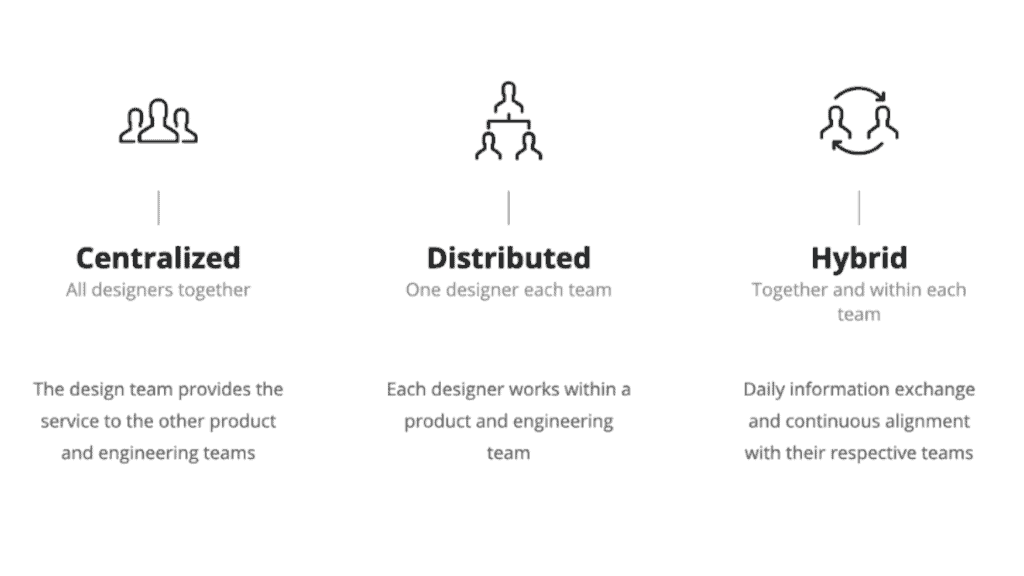
Centralized
The centralized model concentrates the design team around a single team. It is as if the design team provides a service to the other teams, collecting demand and making deliveries.
The tendency of this type of structure is to make the work extremely cascade, creating a gap between the design and engineering team. On the other hand, it is easier to create a sense of belonging among the people on the design team.
Distributed
The distributed model uses the analogy of squads where each designer person is allocated within a specific team. Now designers are closer to the development team, participating in all routines and ceremonies.
This type of structure tends to democratize design within the company, but it is necessary to create ceremonies between the design team itself to share learning and deliveries.
Hybrid
The hybrid model seeks the best of all worlds. Designers who work in vertical teams but still have routines that allow a daily exchange on performance in the field of design.
I believe that driving a hybrid team takes on the role of a strong design leader, someone who has the hand to drive the way it needs to be done and can hold the rocket when things get tough.
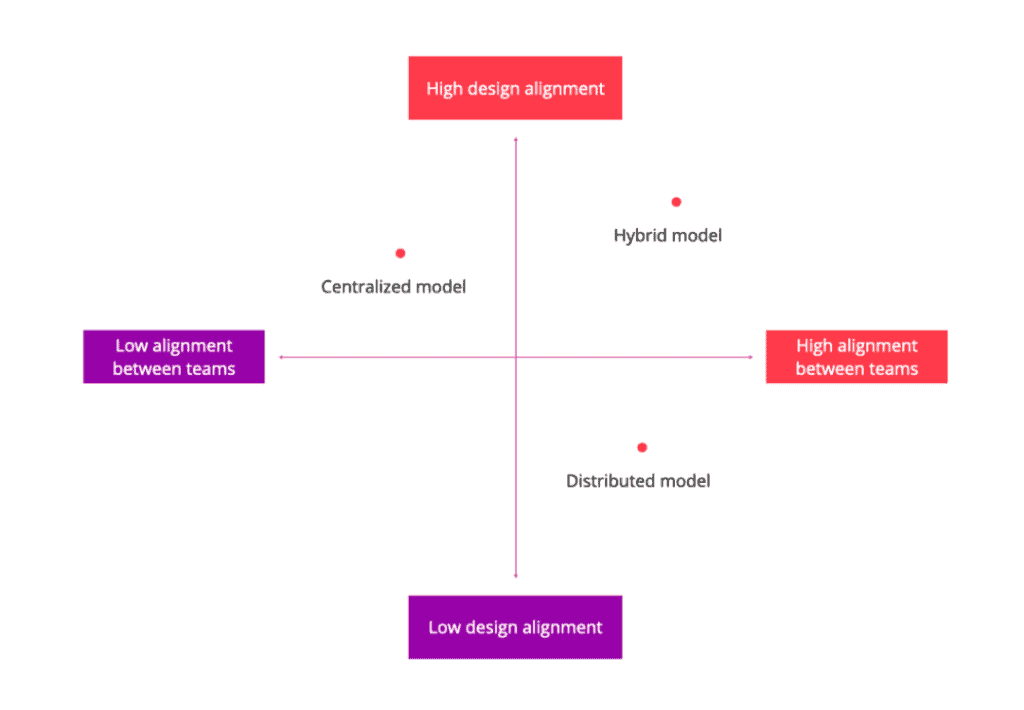
We found that having UX designers integrated into the development teams, but also members of a design group within the organization, worked better.
Bruce Gay, PMP Sr. Program Manager @ UPMC Enterprises | Speaker
On the other hand, there is the issue of heavy routine, especially at a time of pandemic where people are at home, it is important to drive in a more relaxed way, creating ways for people to feel at ease. Knowing how to charge and at the same time give incentives for people to keep trying.
A really cool look at analyzing how things are being done through what David Apple (Notion, Ex-Typeform) called the triple boundary line:
- Impact on business
- Cost benefit
- Team engagement
The idea is that the sustainable success of your team is the result of the multiplication of these three factors. If any of these factors are dropping to zero then your success is no longer sustainable.
For example: if you are hitting your business goals, doing it with a small, low-cost team, but everyone is feeling overwhelmed, this is not a sustainable way to run a team.
Design is important to the product strategy because many customers often choose their products because of the design. Whether they are aligned with their principles, they need to design for their users or simply design something easy to use or simply create a brand that is well designed. Design is often the focal point of many technology companies today.
Design is not simply about designers drawing pixels and happy paths. It’s actually the effort of a team as a whole that includes engineering, product marketing, product managers working with design together to iterate and give feedback to each other.
Main roles of the design leader:
Removing impediments: I believe that not only in design but in various activities, the leader’s main role is to remove the impediments that the team has and that only that person has the capacity to act, either by position or experience in the area;
Craft of Design: Keeping the flame of design lit every day, reminding the role and importance of design in the organization. If the design leader doesn’t pull it, it’s very difficult for someone else to take over;
Build a routine and discipline: Making himself available as a leader to solve the impediments that the design team has; Remember that discipline maintains alignment when motivation is low — and it will be at some point;
Continuous learning: Bring content and new techniques so that the team feels that it is growing and developing with new learnings related to their profession — helping them to build better deliverables in design;
Lead by example: Get your hands dirty whenever you realize you need help, but without taking away the opportunity for people to learn how to do it. You will have to sweat to find out how to do this because it depends a lot on the profile of each leader, but it is essential.
Key learnings
- First thing you need to connect: being in the leadership and management role is not a promotion or something like that, but a totally different path of individual contributor.
- The first 90 days are decisive for your management style. After this period the area will enter a plateau. Find out what your style is before you start the journey and print your pace right from the start.
- A basic management rule: correct in private and praise in public. Including how to give the correct direction and get the desired result. This rule will save you from a lot of trouble, you bet. I got it wrong a few times.
- Forming the team is the main role of management. And creating a sense of belonging is a relationship shaped in people’s heads. How to build this positioning will be your big challenge.
- To form the team it is necessary to pay attention to the small details, those details of the day-to-day that we often go unnoticed as asking: “Are they all well?” and actually listening to people’s responses, not just asking.
- The role of the leader is not to be in the spotlight, but to shine when in fact his followers stand out in very good deliveries or simply promote the increase in performance as professionals.
- Being a leader is not necessarily a glamorous task. If you are aiming for leadership and you think it is all glamor, financial reward or you expect something like that, take the horse out of the rain, you are going for the wrong reason.
- Leadership is about making difficult decisions — if it were easy, anyone would. If you need to consult with a lot of people to lessen your emotional load it can be a sign of insecurity, pay attention to your behavior as a leader.
- Leadership is not about you, but about the people you lead by. They are the ones who will give you the power, as well as take the power in the same way. Learn about emotional intelligence, nonviolent communication and cognitive-behavioral psychology.
- Leadership is often having to do the boring parts, doing what no one else has to do but only you believe it will work — if you believe you go there and do it.
- Leadership is about the impact you have on people’s lives, how you transform these people and find out what their strengths are. If you don’t find out along the way you will surely know the impact it generated the day you leave.
Main results
- We started with one person 1 designer for 5 people designers in the product team — growth of 400%;
- Overall improvement of the product experience and growth of the NPS score in more than 30 points in the satisfaction of the users;
- We generate the first 100% sale for the product, creating the first autonomous shopping experience;
- 350% growth in sales opportunities generated through the product trial — period of testing on the product before the user purchases;
- More than 70% of sales opportunities generated from the product trial;
- We improved the onboarding completion rate from 0.8% to 27% — an increase of 3,375% ????;
- Effective design participation in the product and growth of 300% per year
After all, there are three things: the certainty that we are always starting. The certainty that it is necessary to continue. The certainty that we can be stopped before we finish.
Fernando Pessoa 1888–1935
I thank my team very much for all the learning and the whole journey during this period. It was practically one and a half years as a product and design leader, it was certainly one of the best professional experiences of my life and the feeling is that I grew about 10 years in luggage.
It is clear that products are made of people. They are people who make the product for other people to use — and deliver value to more people.
The product is the result of how people treat themselves.
Incredible teams build incredible products.
Need help understanding the capabilities your team needs to execute your product-led strategy?
Building your A team is one key part of building a successful SaaS product, but it’s connected to every aspect of your business. In ProductLed Academy, we cover your team as part of the ProductLed Method, so you can build a self-serve model that converts.
ProductLed Academy is a 12-month coaching program, where you'll work directly with Wes Bush to master each of the nine components of a successful product-led business (we spend around six weeks on each of these):
- Vision: What is your company really good at?
- User: Who do you serve best?
- Model: How do you create a ton of value for your users to win?
- Offer: Have you crafted an irresistible free offer for your ideal users?
- Experience: Have you created an effortless path to value for your users?
- Pricing: Is it easy for users to upgrade without talking to anyone?
- Data: Do you know where users are getting stuck in your product?
- Process: Do you have a growth process that enables your team to build out experiments, prioritize the high-impact ones, and launch the ones that are easiest?
- Team: Is your team full of A players capable of taking you to the next level?
While you can have one or more of these dialed in perfectly, if you’re missing one of these key players, you’re going to have a hard time with growth.
Apart from focusing on those key areas of your strategy, ProductLed Academy comes with:
- Weekly 60-minute group coaching call with Wes Bush, where you'll go through each of the components of the ProductLed Method (including pricing) to master a self-serve model.
- Weekly non-negotiable tasks to keep you accountable.
- Access to an exclusive ProductLed Founder Community so you can meet other ambitious founders and receive support 24/7.
- Access to the ProductLed Vault, where you'll gain access to all of our programs (including ProductLed Acquisition and Accelerator), templates, and frameworks.
If you're ready to break through to the next level, be sure to check out ProductLed Academy.

